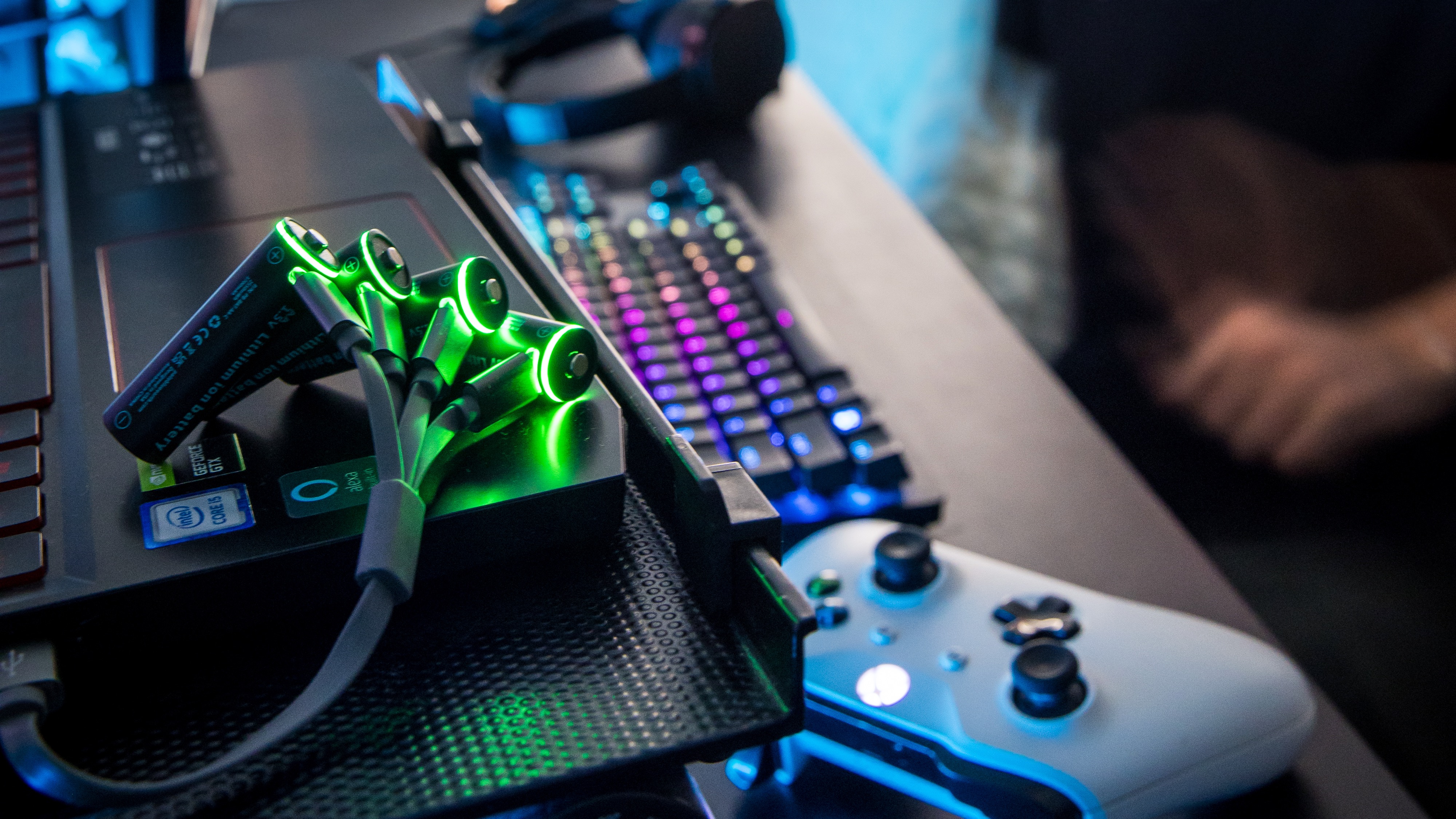Batteries are ubiquitous – in one form or another, they're powering a lot of our wireless tech. That also means we're throwing out a lot of batteries once they've been drained, which isn't doing our environment any favors.
Many of us have opted for rechargeable batteries to power some of our devices, from TV remotes and flashlights, even some toys. Not enough of us, though. According to data published in 2018, only about 30% of Americans had adopted rechargeable batteries by then. It's a similar situation in Australia, with only 30% of the batteries purchased being the rechargeable kind. And less than 2% of these are the popular AA and AAA sizes.
One company trying to ensure the number of batteries we throw out diminishes as much as possible is Paleblue Earth. Based out of Park City, Utah, the company's aim is to offer a battery with superior long-term performance so you not only help protect the planet but also save money in the process.
Available in AA, AAA, C, D, 9V and CR-123A sizes, Paleblue batteries stand apart from the rechargeable competition by offering USB-C charging.
Batteries with a difference
Each Paleblue battery comes with a USB-C port, so you can top them up any time and anywhere via a portable power bank. Along with the batteries you buy, the company ships a USB-A cable with 2 to 4 split USB-C ends, which means there's no need for a separate charging cradle. In other words, you're also cutting down on using a bulky product that was made using non-recyclable materials and would also end up in the landfill at some point.
Paleblue batteries can fully recharge in under an hour for sizes such as AA, which is faster than many other rechargeable alternatives on the market. Thanks to the lithium-ion chemistry, they provide a stable 1.5V, rather than the 1.2V of older technology, such as Nickel Metal Hydride (NiMH).

They've also been designed for longer-term performance, with the company offering a lifetime warranty on its products, something we don't see other battery makers do. The company claims that each Paleblue battery offers 1,000 charging cycles, meaning one can replace 1,000 single-use batteries. Paleblue sells four-packs of its batteries (even 8 and 12 if you need more), which can equate to keeping 4,000 disposable batteries out of landfill!
Moreover, the packaging they come in is recyclable, plus you get a handy box to store them in.
Paleblue batteries aren't cheap though – a AA 4-pack will set you back $23.99 / AU$49.95 for example. In comparison, Duracell's 4-pack of AA size batteries will cost about $15 / AU$29. The flip side to this is that Duracell guarantees only 400 recharge cycles compared to Paleblue's 1,000.
Are rechargeable batteries really sustainable?
Despite being considered the more environmentally friendly option, rechargeable batteries are, in fact, more toxic than single-use ones. Their long-term usability, however, compensates for their toxicity.
A study conducted by the Polytechnic Institute of Milan found that a rechargeable battery needs to be charged about 50 times to offset its environmental impact. This was supported by an article published on Yale University's Climate Connections site, which said that if a rechargeable battery was thrown out after only 5-6 cycles, it's far more toxic than disposable ones.
Rechargeable batteries aren't the perfect solution, but they're the lesser evil for now. Countries around the world have set up battery recycling programs – in the US, you can get in touch with Call2Recycle, while in the UK and Australia, there are collection bins in tech retail outlets where you can drop them off.
And while they might cost more upfront, the amount of use you get out of them can save you around 400 times the amount you spent on them.
Correction – updated lithium-ion battery advantages.
You might also like...
- Want charging on the go? Check out our guide to the best portable power banks.
- Are ereaders a more sustainable reading habit than books? We find out.
- How to check the battery health of a laptop.
via Hosting & Support
Comments
Post a Comment